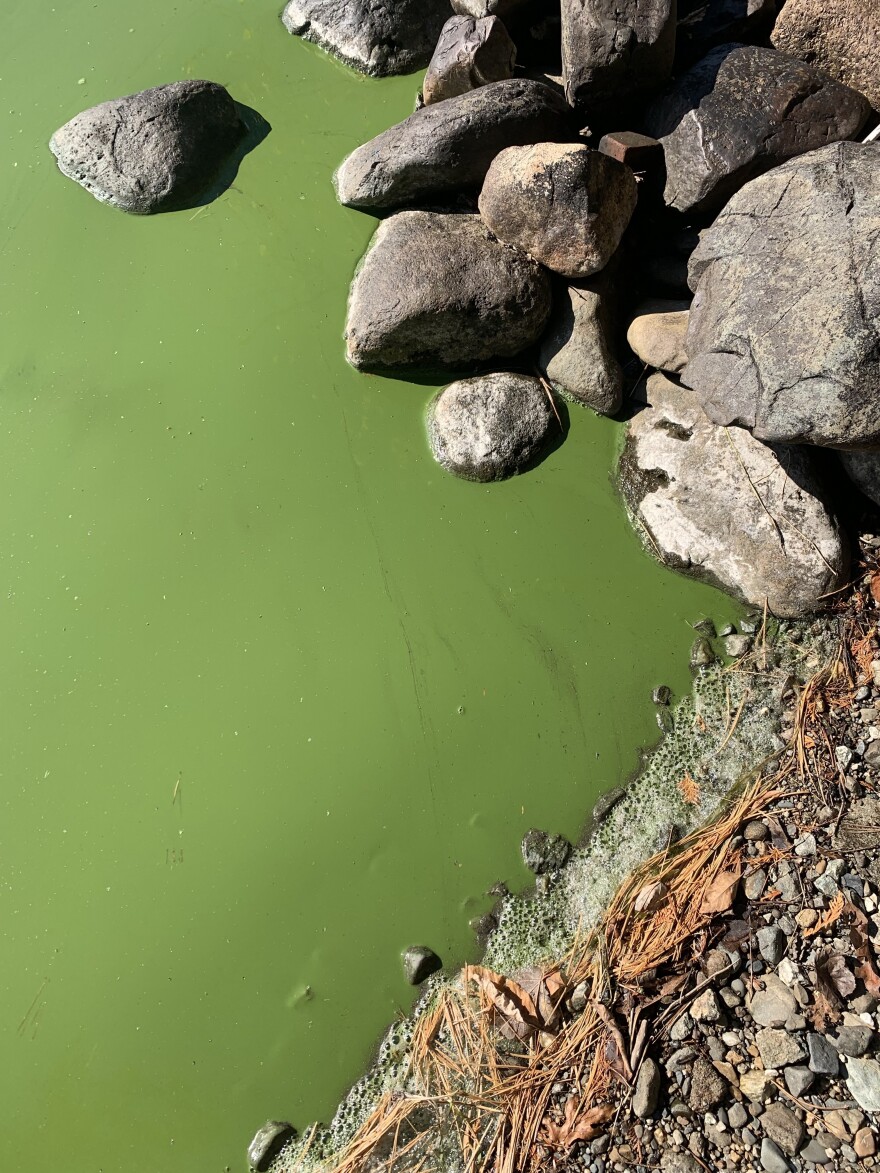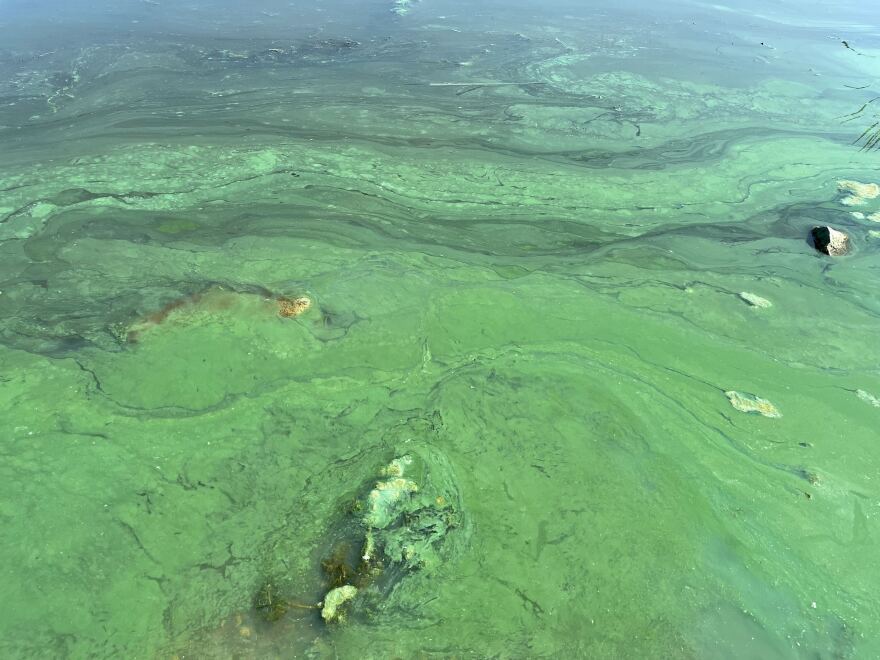Every summer, Vermont beaches on Lake Champlain and other areas are forced to close for slick green cyanobacteria blooms.
Swimmers, pet owners and others should be aware of the status of bodies of water. Here's what to know.
Track cyanobacteria in Vermont
Before you head out to enjoy Vermont's lakes and ponds, remember to check the following links:
- Going to a Vermont State Park? You can find the most up-to-date information about cyanobacteria and E. coli at the Current Status of Vermont State Parks Recreational Water. This is an online PDF that's regularly updated.
- Going to a town or city beach? Check your town's website. Some of the most populated towns, like Burlington, Colchester and South Burlington, regularly post water status online.
- Going somewhere else? Visit the state's Cyanobacteria Tracker. This map is mostly based on reports from trained volunteers who check for cyanobacteria every week. It may not be quite as up to date as the reports coming directly from state parks or municipal employees that are linked above, but it covers more areas of the state.
Conditions can change quickly, and there aren't up-to-date reports for every body of water. That's why it's important that everyone knows how to spot cyanobacteria on their own.
What is a cyanobacteria bloom? What does it look like?

Cyanobacteria are a naturally occurring photosynthetic bacteria. Some types can release toxins into the water.
"When they proliferate, or they bloom, they can create too much biomass — too many cells. And as those cells die, they release potentially harmful toxins," said Mindy Morales, an associate professor at the University of Vermont featured in a But Why: Adventures! video about cyanobacteria.
Coming into contact with cyanobacteria can cause skin irritation, stomach problems or symptoms similar to allergies. Stay out of the water, and keep pets away, too.
A cyanobacteria bloom can look like pea soup or a paint spill; it can be green, but also white, red, brown or purple, according to the Vermont Department of Health.
The health department has photos of cyanobacteria (and some water scum that isn't cyanobacteria) on its website, as well as safety information translated into multiple languages.




